NYFF 2017: On The White Privileged Male & Revisionist Genre Films
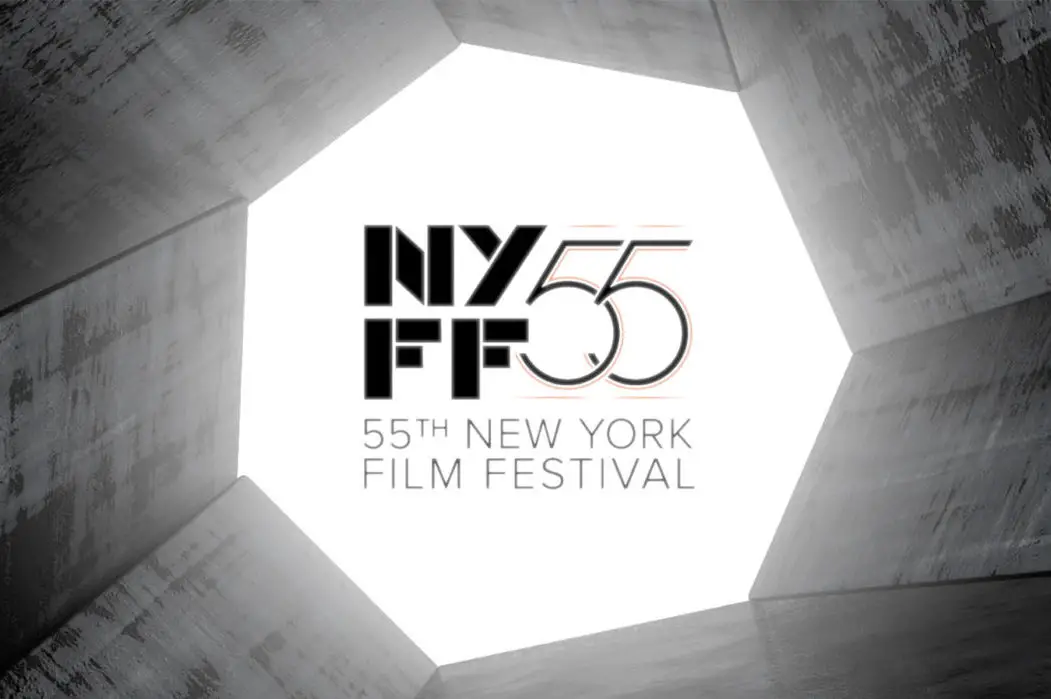
David is a film aficionado from Colchester, Connecticut. He enjoys…
Through the course of my three-day adventure at NYFF, I had a chance to see a variety of great films. Many of these happened to be foreign films, ranging from Ruben Östlund‘s satirical arthouse film The Square to Valeska Grisebach‘s more low-key Western. Interestingly, these films seemed to go together in various ways as well, so I figured the best way to sum up my experiences is by grouping them together in fitting ways, and providing my reactions to each below.
The White Privileged Male
The Square – Ruben Östlund
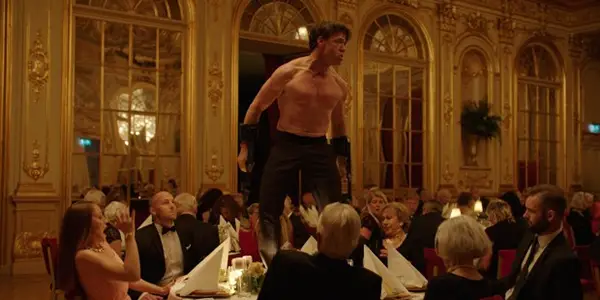
The first two foreign films I saw at NYFF, though vastly different in both subject and approach, seemed to have a similar singular protagonist: a white privileged male. In The Square, that man is Christian (Claes Bang), a curator of a modern art museum in Sweden. Wealthy and well-off due to the success of his museum, he is one day unexpectedly robbed of his cellphone and wallet by a man on the street.
While attempting to locate his stolen phone using its tracking device, he is able to scout the apartment building where it is located, though not the specific apartment itself. So both Christian and his assistant concoct a scheme: they write a threatening letter demanding the return of the phone, make multiple copies of this letter, and drop one into the mailbox of each resident in the building.
At the same time, Christian’s museum is currently in the beginning stages of a new exhibit, called The Square. The idea is that, when people enter this specific location, they are asked to think about and have compassion for others less fortunate than them, opening their eyes in a empathetic way. The exhibit provides an interesting comparative to Christian’s own life, in which he claims to be of good nature but his actions seem to say something different.
Though I had heard of Ruben Östlund in the world of cinema, especially the acclaim for his last film Force Majeure, I unfortunately had yet to see any others before seeing The Square. But witnessing the bizarre series of events that occurred in this film, I am more than eager to tackle the remainder of his filmography. The Square is sharp, satirical, and often incredibly witty; some exchanges, such as a sex scene between Christian and a girl named Anne (Elisabeth Moss) or a discussion between Christian and his assistant before they drive over to the apartment with his stolen phone, are filled with dry yet quick-witted humor, and in such a vastly distinct way from your typical American film. The film, as mentioned, also pokes at the highbrow modern art world, juxtaposing the Square exhibit, which is meant to inspire compassion, with the artists themselves, who rarely seem to imbue such a quality in their daily lives.
One scene in particular, taking place at a dinner at a fancy restaurant, seems to sum up the entirety of the film. The attendees, all dressed to the nines, are interrupted by a half-naked man who grunts and shouts like a chimpanzee, and in an incredulous yet undeniably funny exchange, are all driven out of their comfort zone by the man’s furiously inappropriate antics. For a time that seems to stretch on for an eternity, I gazed on, horrified at the scene unfolding yet unable to look away. Östlund (and Terry Notary, who plays the ape character with incredible precision), should be celebrated for this scene alone.
The one slight negative about The Square is its nearly 2 hour 30 minute length. It doesn’t quite wear out its welcome by its conclusion, but there are some scenes, such as extended conversations between Christian and his fellow art-workers, which don’t add much to its overall impact. Thankfully, what is there is often bitingly original, and as a whole well worth the watch.
Zama – Lucrecia Martel
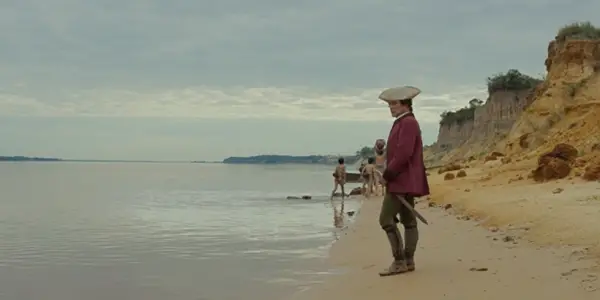
Lucrecia Martel‘s Zama, which was next in line after The Square, is about as different in scope as could be imagined. The film, which is based on a famous Argentine novel, takes place in the 17th century, and focuses on a magistrate named Diego de Zama (Daniel Giménez Cacho), a Spanish officer stationed in Paraguay who is eagerly awaiting a transfer back home. Through the course of the film, which stretches over many years, Zama is repeatedly passed over for relocation, and slowly starts to lose his mind amidst the drowsy southern heat.
Martel approaches Zama in a way similar to films like Apocalypse Now and Aguirre: the Wrath of God. Though taking place within the confines of sweltering village houses instead of upon an endless river, the sense of impending claustrophobic madness is the same. Zama is a stranger in a strange land, and as time goes by seems to become even more isolated as opposed to comfortable with his surroundings; indeed, even when the third act of the film takes him out of the weathered shacks and into a beautiful stretch of palm-strewn beach, he seems more distraught than ever. Played to impeccable perfection by Cacho, Zama is stern and commanding in appearance but slowly wears down to a shattered visage of the man he once was.
To enable the audience to truly feel as Zama does in his environment, the film is often hauntingly surreal, such as when Zama meets a young boy, who speaks in a low whisper the line “a fish spends his life swimming to and fro.” Lines like this subtly hint at Zama’s own desperate situation, showing how even with all his hard work, his life ultimately feels as pointless as an aimlessly swimming fish.
Much like The Square, Zama focuses on the high-minded ideal of white privilege, showing how even treating the people below you with some compassion isn’t quite enough to redeem what you’re born with. It also, as stated by Martel, has to do with the idea of suffering, in that it is only by becoming lesser than yourself that you can learn humility. By the conclusion, Zama is a ghostly frame of what he once was: his majestic regal clothes and manicured face are replaced by withered scraps of clothing and a scraggly beard. He has, finally, become what he sought to remove from his very sight by leaving Paraguay in the first place: a peasant. It’s befitting, but tragic all the same. Not many movies really get under your skin like Lucrecia Martel‘s masterful epic.
Revisionist Genre Films
Madam Hyde – Serge Bozon
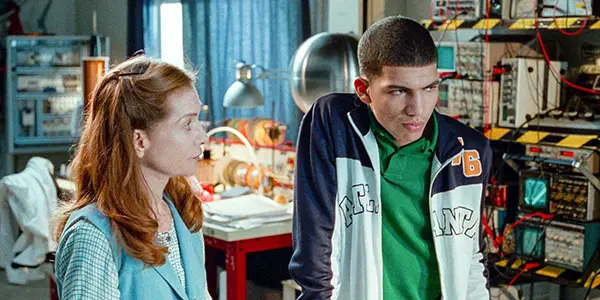
Based loosely upon Robert Louis Stevenson‘s famous Dr. Jekyll and Mr. Hyde, Serge Bozon‘s Madam Hyde twists the parable, first and most obviously, to the perspective of a woman. The location is also vastly different. Taking place within a quaint town in France, Marie Géquil (Isabelle Huppert) is an aging, mousy science teacher. Due to her small stature and lack of assertiveness, her students rarely take her seriously, especially one named Malik (Adda Senani), who acts as the class clown and frequently disrupts her class with his sarcastic remarks.
One day, while experimenting with electrical equipment, Marie gets a sudden zap; and soon afterwards, starts to flit into a more menacing figure every night, who, as we come to realize, is her manifestation of the Madam Hyde personality. At the same time, her regular daily self starts to slowly undergo her own changes, including becoming a more animated and likable teacher.
What works best about Madam Hyde, though, is the part that has nothing to do with the mysticism or relation to the Stevenson story. As even stated by Serge Bozon, the film is really more about how a woman transforms from a poor teacher into a great one. Played to perfection by Isabelle Huppert, who typically shines in her roles as confident, assertive personalities (including in Bozon‘s previous feature, called Tip Top), here she undergoes a very believable character arc, beginning the film as someone who seems unfazed by her current day-to-day life and finishing it beaming with energy (sometimes literally).
In contrast, the supernatural aspects of the film often feel tacked on and out of place. Whenever Marie becomes Madam Hyde, she starts to glow a bright crimson color, which is created with some neat special effects, but her actions in these moments are often lacking in any definitive motive. In addition, some of her choices as this alternate persona are a bit of a head-scratcher, making it difficult to tell just why the supernatural aspects of the film are even necessary.
As a movie about teaching, though, Madam Hyde works wonderfully. The kids, who are all interestingly not professional actors, all seem to react in a genuine way to the gradual changes that Marie undergoes in the manner that she teaches them. Some of the demonstrations that she inputs into her teaching are often vigorously fun to watch unfold. This is not a fantastic film, but it is occasionally brilliant.
Western – Valeska Grisebach
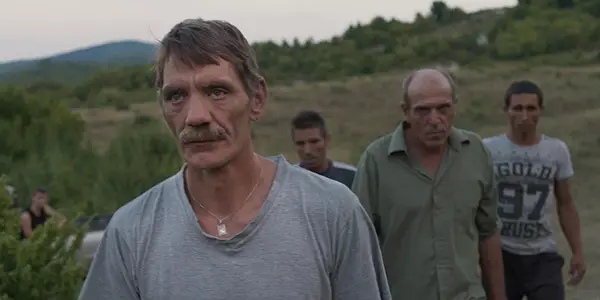
A German take on the American genre, the aptly titled Western is a very subdued but effective film. It focuses on a group of German construction workers who are currently working on a remote site located in Bulgaria. After a few run-ins with locals at the nearby town, Meinhard (Meinhard Neumann) soon finds himself drawn to them after he finishes his work at the site each day. Though finding it difficult to break the language barrier, he eventually starts to connect with some of them on a seemingly intimate level, though not without creating some friction both from his own German construction crew and from some of the townspeople who refuse to readily accept him.
Western likely wouldn’t have worked were it not for the devotion and passion of director Valeska Grisebach. Bringing together a crew of non-actors, many of which she found actually within the types of environments that we see them in within the film, she is able to pull from them a very humanistic and relatable story. These are characters that are likely more comfortable within their own tight-knit groups, yet through the heartfelt attempts by Meinhard, he is able to bring them to a common understanding. There are several scenes, such as a poker game that Meinhard partakes in, and multiple bonding moments while sitting around drinking beer, that manage to be sentimental without straying too far into a mawkish tone.
The film does tend to overstay its welcome, though. Darting from one character exchange to the next throughout its length, which range from important exchanges to simple conversations, it sometimes seems as if nothing significant at all is happening. Grisebach is clearly attempting to bridge the groupthink belief that creates xenophobic states of mind, and at times she does succeed; at others, though, the film’s purpose becomes lost amidst its many meanderings.
Western, as is befitting the genre from which it pulls its inspiration, does contain some beautiful wide landscape shots of the Bulgarian countryside, in addition to many scenes actually involving a horse, which is clearly associated with the genre as well. By the conclusion, it’s not a full-on, triumphant success, but in individual moments the film is just too delightful to ignore.
That about concludes my discussion of the four foreign films I was able to see at 2017 NYFF. Keep an eye out for my next article, which will be about a group of genre shorts that I also was able to see.
Have you seen any of the films mentioned? What are your thoughts?
Does content like this matter to you?
Become a Member and support film journalism. Unlock access to all of Film Inquiry`s great articles. Join a community of like-minded readers who are passionate about cinema - get access to our private members Network, give back to independent filmmakers, and more.
David is a film aficionado from Colchester, Connecticut. He enjoys writing, reading, analyzing, and of course, watching movies. His favorite genres are westerns, crime dramas, horror, and sci-fis. He also enjoys binge-watching TV shows on Netflix.













